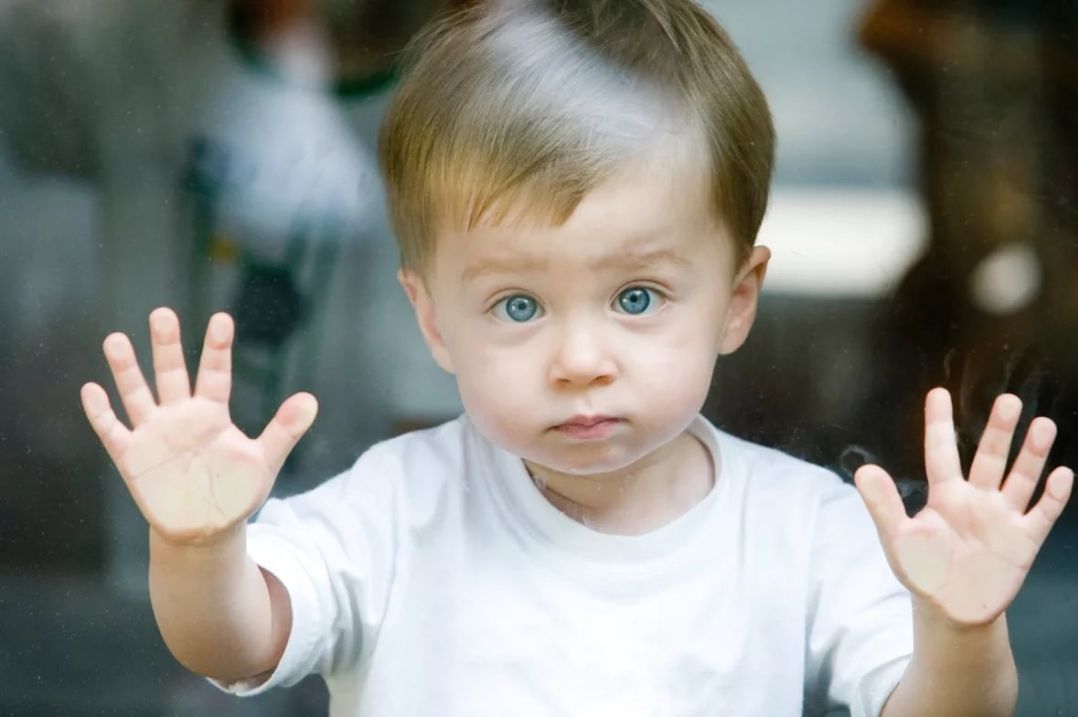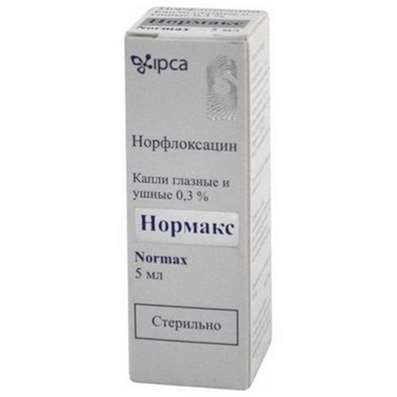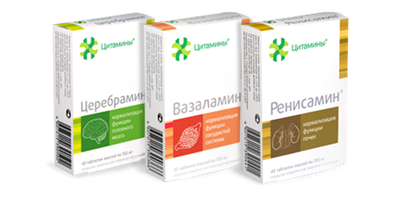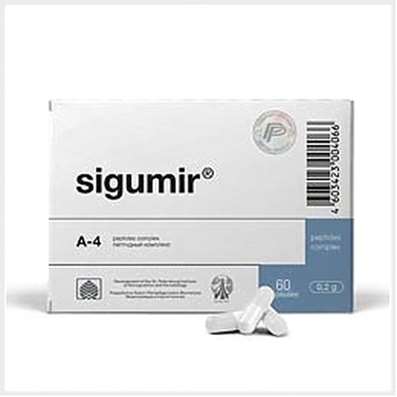Challenges for logopedic work with speechless children
20 Apr 2018
Recently, specialists are increasingly confronted with speechless children, i.e. with children who do not have speech. They have a complex organic disorder, which greatly complicates the logopedic work with them. For a full-fledged development of speech, it is necessary: innate linguistic ability, primarily preserved intellect, stimuli from the external environment, motivation for speech, the usefulness of the conductive pathways between the individual analyzers for which information is transmitted. In the brain there are speech zones: the posterior parts of the lower frontal gyrus; temporal gyrus; lower parietal region; as well as a zone located at the junction of the parietal, temporal and occipital regions of the left, dominant hemisphere by speech.

Who can be called a non-talkative, speechless child?
A group of no-speech children is not homogeneous. It includes children with motor and sensory alalia, with a temporary delay in speech development, early childhood autism, intellectual insufficiency, infantile cerebral palsy, and hearing impairment. However, for all these children, there is a lack of motivation for speech activity, a lack of basic ideas about the meanings of objects and phenomena of the surrounding reality, an inadequacy of communicative, regulating, planning speech functions, a lack of sensorimotor level of speech activity.
Thus, at the initial stages of working with non-speaking children, its goals and tasks will be similar, regardless of etiopathogenesis and mechanisms of speech disturbance. At the present stage of the development of special education, it is urgent to develop educational programs and pedagogical technologies that ensure the comprehensive development of children with developmental disabilities.
The main goals of speech therapy with non-speaking children at the initial stages are: development of speech initiative, creation of motivation for speech activity simultaneously with enrichment of internal and external vocabulary; the formation of a child's ability to create an internal plan, a program of utterance (at first - primitive).
Logopedic work with non-speaking children provides a corrective effect, both on speech activity and on non-verbal psychic processes, on the emotional and personal development of the child.
The main tasks of corrective work with non-speaking children at the initial stage:
1. Stimulation of speech and mental activity.
2. Development of emotional communication with an adult. Expression of the teacher at each stage of the exercise with a no-speech child contributes to the development of imitation and emotionally adjusts children to speech and speech production.
3. Improving the ability to imitate the actions (echopraxia) of an adult, peers and speech imitation - echolalia.
4.Development and correction of psycho-physiological basis of speech activity: different types of perception, physiological and speech breathing, articulatory skills.
5. Formation of motivational and motivational level of speech activity.
6. Formation of internal and external lexicon (nominative, predicative, and attributive), providing minimal communication.
7. Formation of the initial skills of grammatical (morphological and syntactic) structuring of the speech message.
8. Prevention of secondary speech disorders.
The implementation of the tasks of speech therapy with non-speech children occurs in the process of using the following means:
- Games and exercises that activate all higher mental functions;
-Games and exercises regulating the muscle tone of children, allowing to correct the behavior of children, to affect the emotional-personal sphere;
-self-independent game activity;
-Igra, forming the structure of speech activity at all levels (from motivational-incentive to executive);
-Specifically organized correctional-developing environment;
-Organized family education of children.
Thus, a speech from a non-speaking child can only be triggered by using both all analyzer systems and the targeted impact of parents and professionals.

 Cart
Cart





